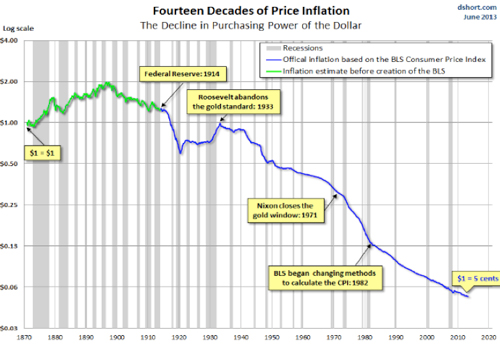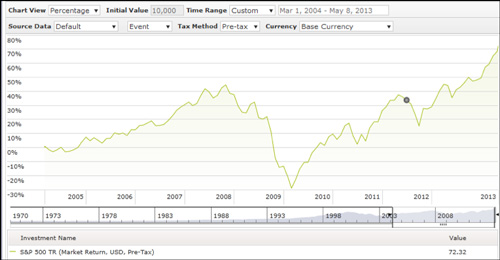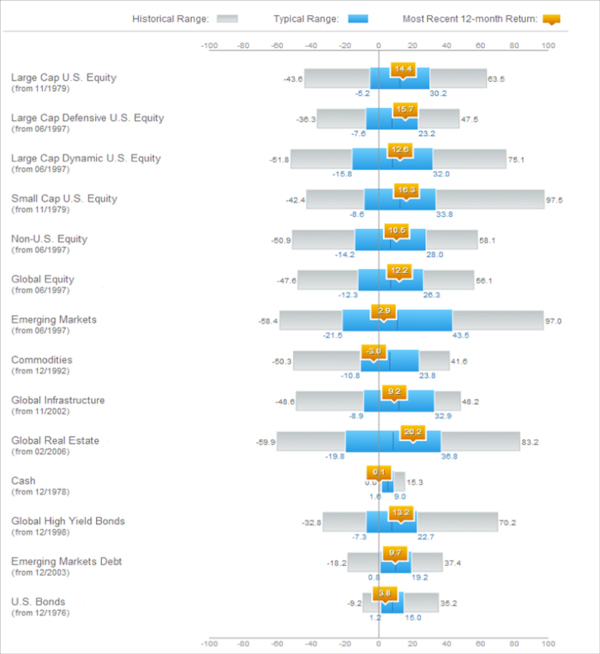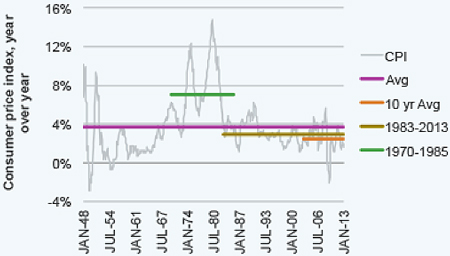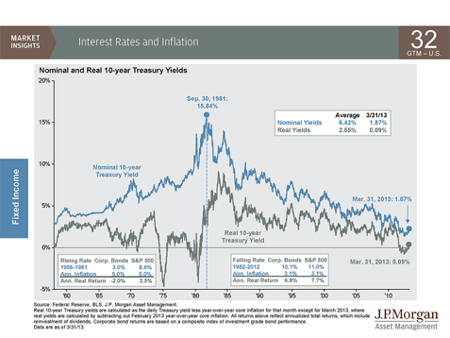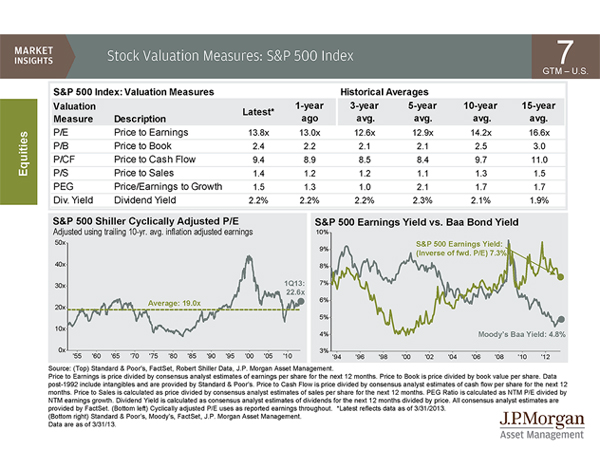As an enthusiastic fan of the Detroit Tigers, I entered into this baseball season with high expectations. According to Las Vegas odds-makers, our local team is the favorite to win this year’s World Series, given the talented roster we have in place. As the season has gone on, I have found myself riding a rollercoaster of emotions as the team has had impressive streaks of success, as well as discouraging displays of mediocrity. In a way, this reminds me of the emotions many of us feel as investors as we watch the ebbs and flows of the stock market.
Behavioral Finance
Behavioral finance is a term used to describe the behavioral and psychological reasons why people make irrational financial decisions. Interestingly, many of these behavioral tendencies are similar to those of sports fans.
Following the Crowd (herding) – As investors and as sports fans we may jump on and off the bandwagon. As investors, we may panic and decide to make dramatic shifts in our asset allocation in reaction to a market downturn or upswing. As sports fans, we may bet our entire fortune on our favorite team when they’re winning or move our allegiance to another team altogether when they’re losing.
Short-term Focus – With investments, as with sports, we care about what’s happening now, but can lose sight of the long-term goal. It is hard to keep in mind that the 5 game losing streak (or 5% market pull-back) may have little to no impact on the team’s record after 160 games (or achieving the results we need to meet our retirement goals).
Finding Someone (or Something) to Blame – When things aren’t going well, there is always a scapegoat. When our favorite sports team is doing poorly, we can always find one player or coach that’s to blame. When our investments aren’t performing the way we’d like, we can find an investment vehicle or manager to blame. Know that if you have good line-up and a solid strategy, there is no need to place blame (especially when the investment you blame now may be your best performer next year!)
The ability to avoid reacting irrationally is the sign of a long-term investor and of a loyal sports fan. When it comes to investing, your financial planner can be your best coach, helping you to stay in the game, even when the going gets rough!
Sandra Adams, CFP®is a Financial Planner at Center for Financial Planning, Inc. Sandy specializes in Elder Care Financial Planning and is a frequent speaker on related topics. In addition to her frequent contributions to Money Centered, she is regularly quoted in national media publications such as The Wall Street Journal, Research Magazine and Journal of Financial Planning.
Any opinions are those of Center for Financial Planning, Inc., and not necessarily those of RJFS or Raymond James. Investing involves risk and investors may incur a profit or a loss.







